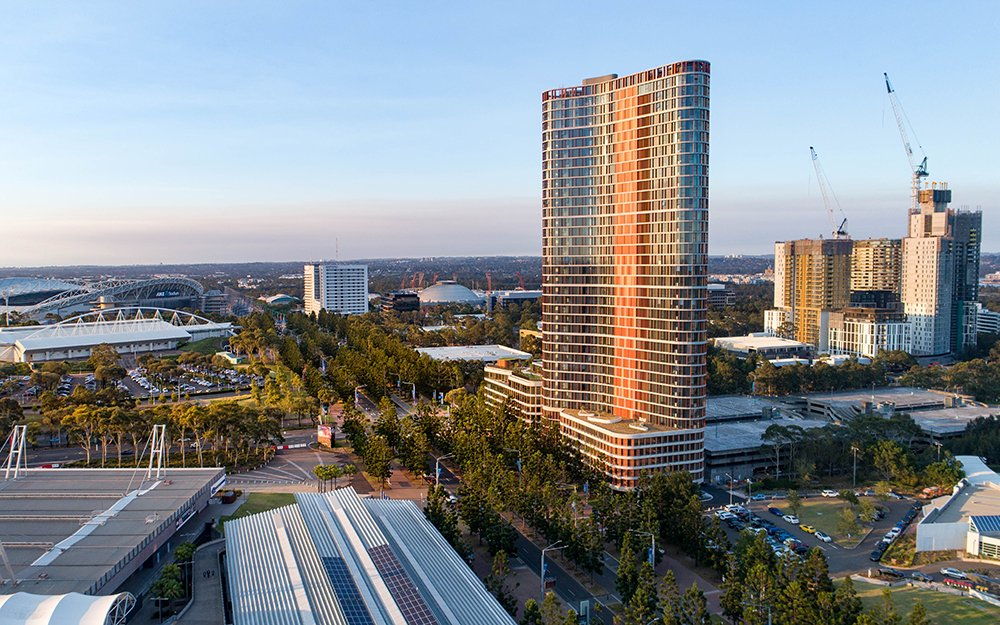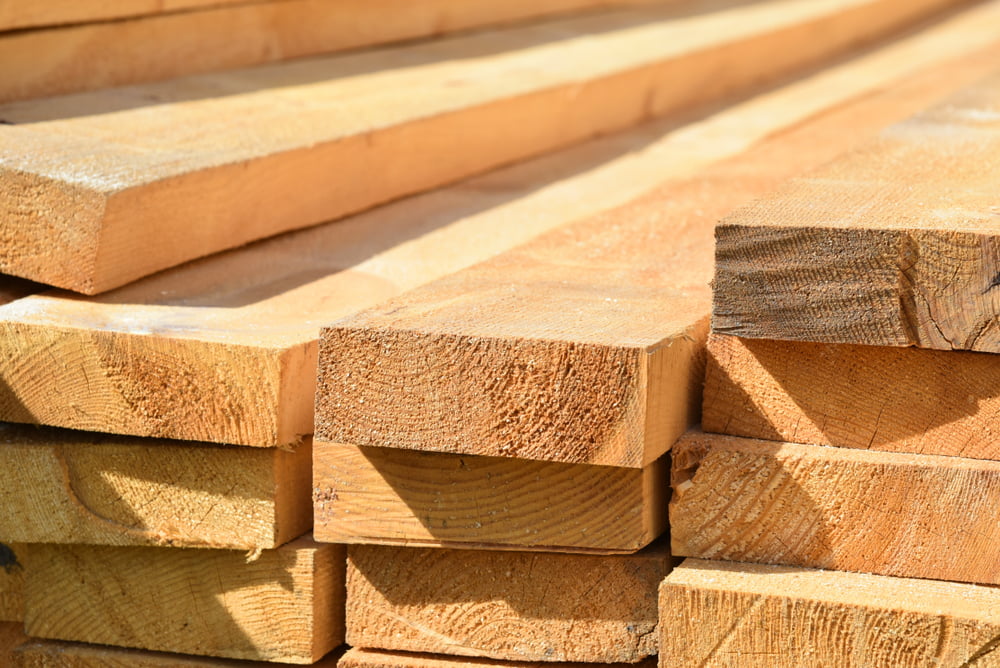
The full impact of COVID lockdowns on the construction industry are hard to measure, with a staggering effect on our industry’s two main driving factors – time and cost. Now, the race is on to regain lost time; construction companies around the country are looking to claw back the hours lost to closures, save and regain project milestones, and get back on track for 2022.
Amongst the surges of workers heading back to job sites, many in the sector are missing a vital opportunity hiding in plain sight: 5G.
5G, or the fifth-generation tech standard for broadband cellular internet, is the successor to 4G. It promises significantly faster downloads and greater bandwidth.
In short, it’s an information superhighway powering future innovation that has the potential to change the way that we work across the industry, and assist in making up lost time this year due to COVID.

Christian Neyle, Head of Information Technology, Taylor.
5G and the need for speed in construction
The pace of the world has always seemed to be ahead of the available technology. Every milestone in the history of the internet has been celebrated, but always left us wanting more. Take an event like Vivid, Sydney’s famous outdoor light festival; in 2011, it required high-speed mobile broadband that matched the speed and reliability of a fixed line connection. A device known as a bonded channel router was needed, pooling the cellular bandwidth from multiple carriers and multiple sim cards into a single speed line. Ownership of these was prohibitively expensive and specialty vendors would lend the equipment out at rates of thousands of dollars for events like Vivid. Fast forward to today and we can access those speeds – and higher – on an everyday smartphone.
We have gone from the speed of a tram to a Japanese bullet train in terms of pace and possibility.
A decade on, everything is saved and operated in the cloud; with the speed and bandwidth 5G promises via extremely small and portable hardware, we’re opening windows to real-time drawing changes, untapped data crunching capability, and live tracking of building features and site progression.
Across our job sites, internet connection has become a basic requirement, just like electricity, but securing a strong and effective internet connection remains surprisingly difficult across many sites.
When using fixed line connections such as NBN and Fibre, we are at the mercy of the internet provider and its contractors. A simple connection cable can take anywhere from six to eight weeks to install – impacting some shorter jobs by removing a third of the operational timeline, waiting for installation.
With 5G, this is no longer the case; gone are the days of waiting for an install and then weeks later recalling to relocate the connection as the job expands and site sheds are required to move. Now we can set and forget, plugging in our 5G routers to bring a connection onsite within minutes.
Reducing the cost of clawing back project timelines
In construction, regaining lost time can be extraordinarily expensive – extra teams, extended hours, more equipment. Conversely, adopting 5G decreases costs; new routers like those by Cradlepoint are significantly cheaper than using the multiple networking devices previously required across jobsites.
The reduced network infrastructure also means there are fewer potential points of failure, reducing the time required for troubleshooting and device diagnostics; it’s also easier for site management to maintain visibility of their connection, as all Cradlepoint sites have GPS antennas for easy review of the location and signal status of each router.
Increasing tech capability on the job site
In addition to the traditional internet connections used to connect site sheds to the rest of the world and upload real time images and livestreams of jobs, 5G also opens doors from the job site to the future of construction technology, connecting projects to the IoE – the Internet of Everything.
What was once known as the Internet of Things (IoT), connecting people to devices for day-to-day convenience, is now the Internet of Everything (IoE), which recognises that in a world of digital transformation everything has a digital heartbeat.
As we venture into the future, this will become even more prevalent, with every device built with internet capabilities. This means we could unlock the possibility to operate a crane or job site from within a remote office, or see a building laid out before us with mixed-reality software, understanding and fixing issues before ground is broken.
We are already starting to see the impact of existing IoT on Taylor projects with the likes of connected contact-tracing lanyards worn by project teams to manage COVID exposure risk and real time IoT building cameras. With IoE around the corner there are few (if any) areas of our business that will remain unaffected by the speed and possibilities of 5G.
How to know if 5G is right for your business
As we expect more and more from our technology, the only capable networks will soon be 5G and beyond.
The key consideration for any construction company’s assessment is organisational set-up; if your business has a range of dynamic sites or properties and is using internet-enabled devices, 5G is likely to offer significant rewards in saved time and costs.
With internet providers still expanding their coverage we won’t see the whole potential of 5G for years to come, it is clear though that it will improve productivity, safety and compliance and will be a catalyst of continuous improvement and innovation.
The widespread adoption of 5G is the next tech frontier for the construction industry; beyond offering a way back from the financial challenges of COVID-19 shutdowns, it will bring our sector to a new level of day-to-day operational speed and efficiency, shortening project timelines and significantly boosting productivity in the coming years.














